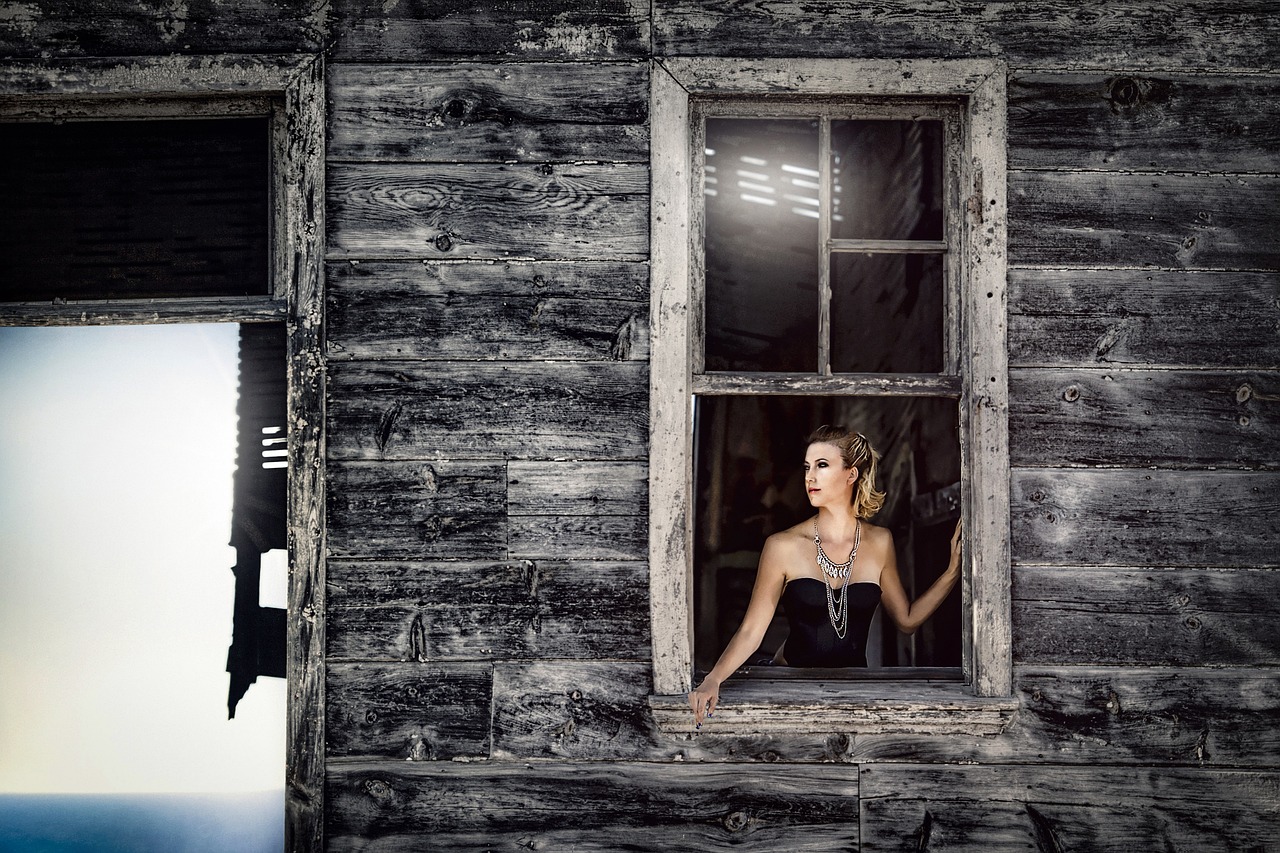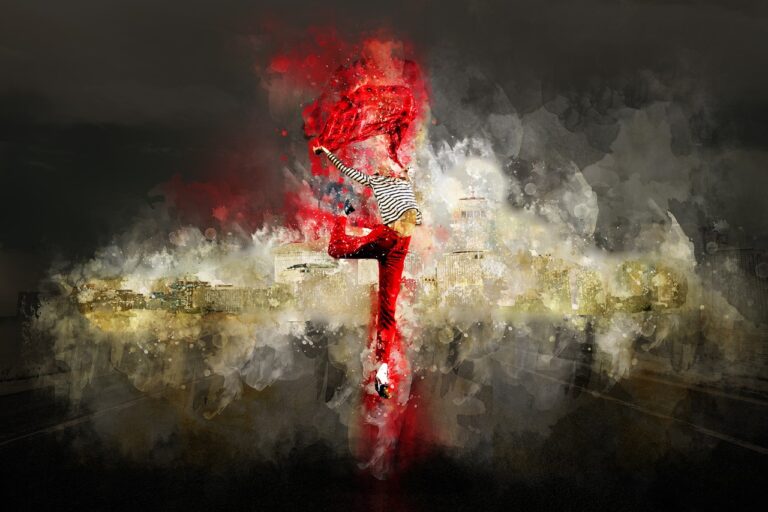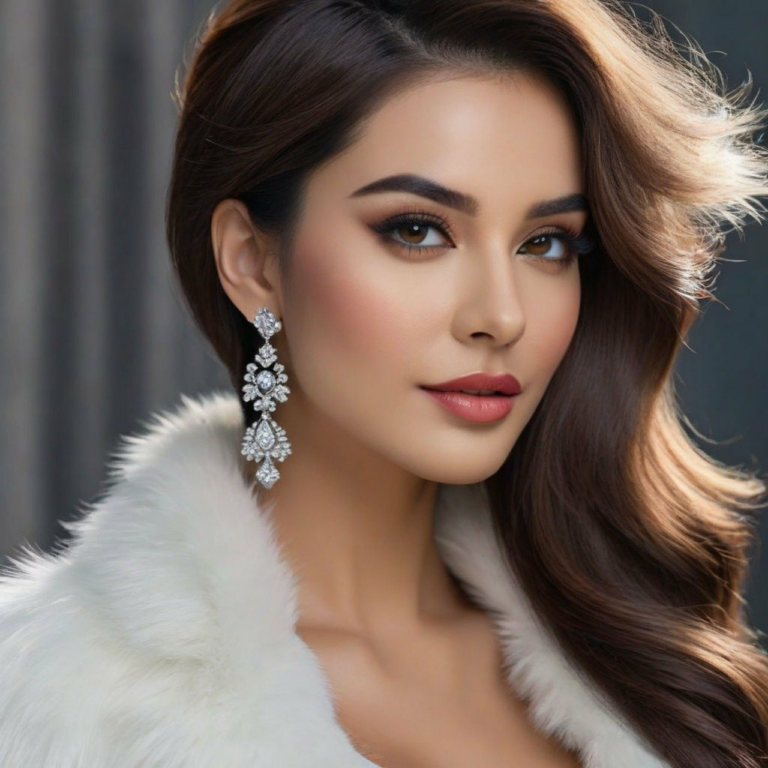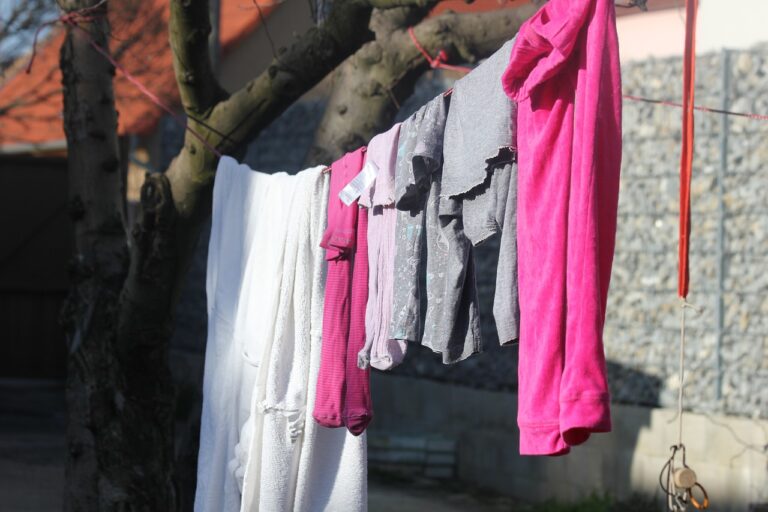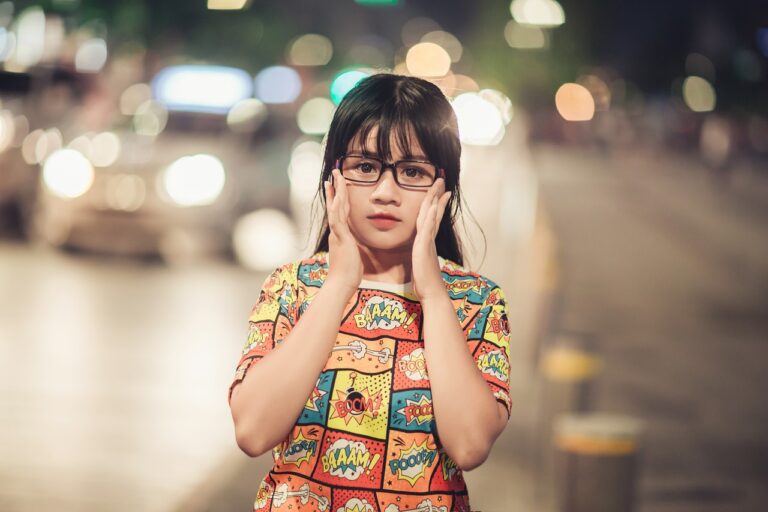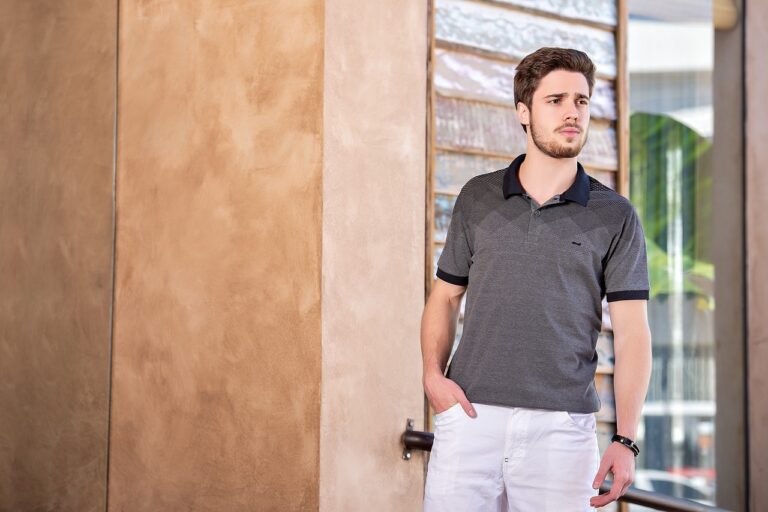Formal Wear Fashion in Historical Sculptures: Depictions of Style and Grace
all panel, cricbet99, lotus365win login:When we think about historical sculptures, we often focus on the intricate details, the grandeur, and the stories they tell. But have you ever stopped to admire the formal wear fashion depicted in these sculptures? From togas to gowns, historical sculptures showcase a wide array of styles that were considered fashionable in their respective time periods. Let’s delve into the world of formal wear fashion in historical sculptures and explore the depictions of style and grace.
Ancient Greece: Togas and Draped Garments
In ancient Greece, sculptures often depicted men wearing togas and women draped in elegant garments. Togas were a symbol of status and power for men, while women wore flowing gowns that accentuated their curves. These sculptures capture the essence of grace and sophistication that was synonymous with Greek fashion.
Ancient Rome: Tunics and Stolas
Similar to ancient Greece, Roman sculptures showcased men in tunics and women in stolas. Tunics were a staple in Roman fashion for men, while women wore stolas – a long, sleeveless dress that was worn over an undertunic. These garments were often embellished with intricate patterns and designs, reflecting the opulence of Roman society.
Renaissance Europe: Velvet and Brocade
During the Renaissance period in Europe, sculptures depicted men in velvet doublets and breeches, adorned with intricate embroidery and lace. Women wore elaborate gowns made of brocade and silk, with voluminous skirts and fitted bodices. These sculptures captured the richness and extravagance of Renaissance fashion.
Baroque Era: Ruffles and Lace
In the Baroque era, sculptures showcased men in elaborate coats with ruffled cuffs and lace collars. Women wore gowns with exaggerated sleeves and intricate embroidery. The fashion of the Baroque era was characterized by opulence and grandeur, as reflected in these sculptures.
Victorian Era: Crinolines and Top Hats
During the Victorian era, sculptures depicted men in tailcoats and top hats, exuding a sense of formality and elegance. Women wore crinolines and bustles, creating a silhouette that was both modest and refined. Victorian fashion was marked by strict social norms and elaborate clothing styles, which were accurately depicted in these sculptures.
Art Deco: Flappers and Tuxedos
In the Art Deco period, sculptures showcased men in sleek tuxedos and women in flapper dresses, reflecting the bold and dynamic fashion of the era. Men’s fashion was influenced by the rise of jazz music and the glamour of Hollywood, while women embraced a more liberated and modern style. These sculptures captured the essence of style and sophistication that defined the Art Deco period.
FAQs
Q: How did historical sculptures influence fashion trends?
A: Historical sculptures served as a visual record of fashion trends, influencing designers and artists to draw inspiration from the past. They also helped to preserve the cultural heritage of different time periods and showcase the evolution of fashion over the centuries.
Q: How accurate are the depictions of formal wear fashion in historical sculptures?
A: While historical sculptures may not always be entirely accurate in their portrayal of fashion, they provide valuable insights into the clothing styles and aesthetics that were prevalent in different time periods. Artists often took creative liberties in their interpretations of fashion, but the overall essence and spirit of the era are usually captured in these sculptures.
Q: What can we learn from studying formal wear fashion in historical sculptures?
A: Studying formal wear fashion in historical sculptures helps us to understand the cultural, social, and political influences that shaped clothing styles in different time periods. It also highlights the evolution of fashion and the enduring appeal of classic and timeless designs.
In conclusion, historical sculptures offer a unique window into the world of formal wear fashion, showcasing the style and grace of past eras. From ancient Greece to the Art Deco period, these sculptures are a testament to the enduring legacy of fashion and the timeless beauty of formal wear.

